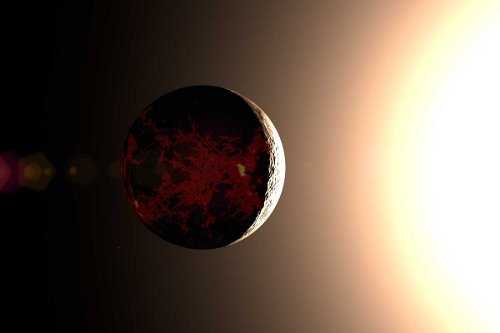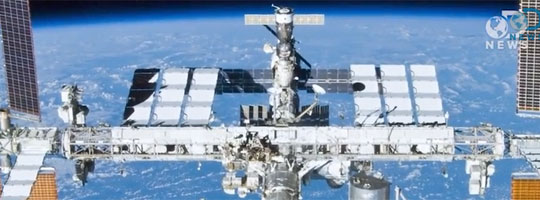
There could be two Earth-like planets within cosmic spitting distance of our own. Both are likely too close to their star to host life, but the discovery opens the possibility of other planets in the system with more temperate climates.
The team said it was a rocky world slightly more massive than Earth. But in 2013, other researchers called into question the existence of Bb, saying the evidence wasn’t good enough.”If you ask anyone working in exoplanets, they would all have a different opinion about the existence of Alpha Centauri Bb,” says Brice-Oliver Demory of the University of Cambridge.That’s why he and his colleagues have been using the Hubble Space Telescope to search forplanet. They weren’t able to find it, but have instead seen hints of a second Earth-sized world in the system.
The original claim was based on the radial velocity method – a planet-hunting technique which looks at how the gravitational pull of a planet slightly wobbles its star. Demory’s Hubble search took a different approach, looking for signs of a dip in the light from Alpha Centauri B caused by the planet passing in front of, or transiting, the star. These two methods are independent of each other, so seeing Bb transit would reinforce the earlier patchy radial velocity data.The original measurements suggested that Bb, if it exists, takes three or so days to orbit its star. But not all planets make transits as seen from Earth, because it depends on how the planet and star are aligned.
Demory’s team observed Alpha Centauri B in 2013 and 2014, for a total of 40 hours. The 2013 data showed signs of a transit consistent with Bb’s suggested orbital parameters, but it seemed to last slightly longer than expected, and the statistical validity of the signal disappeared when combined with the 2014 data. That doesn’t mean Bb isn’t there, just that if it exists, it is unlikely to transit as seen from Earth.
Via EWAO






